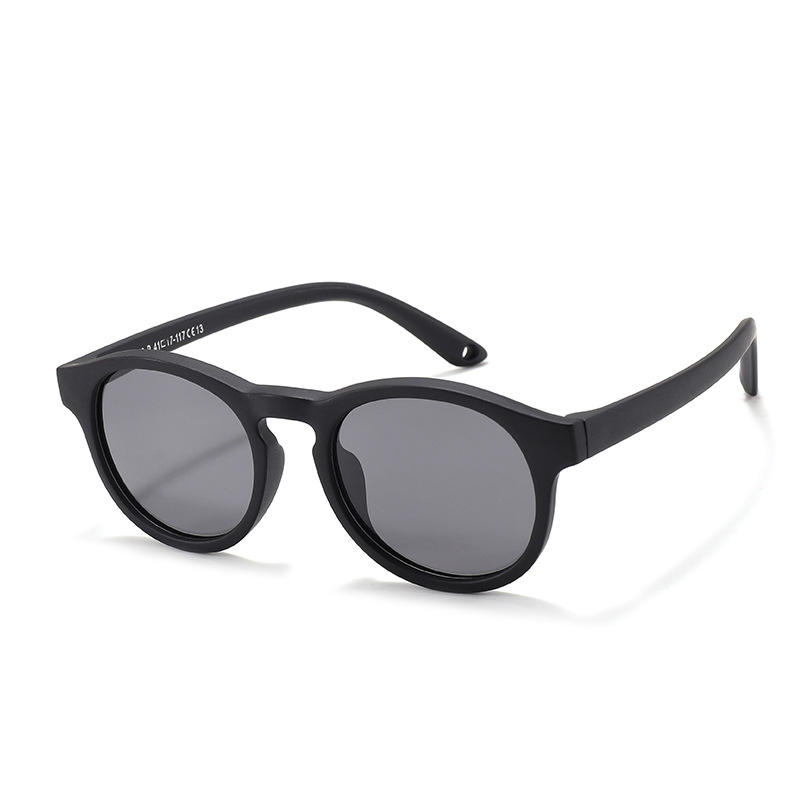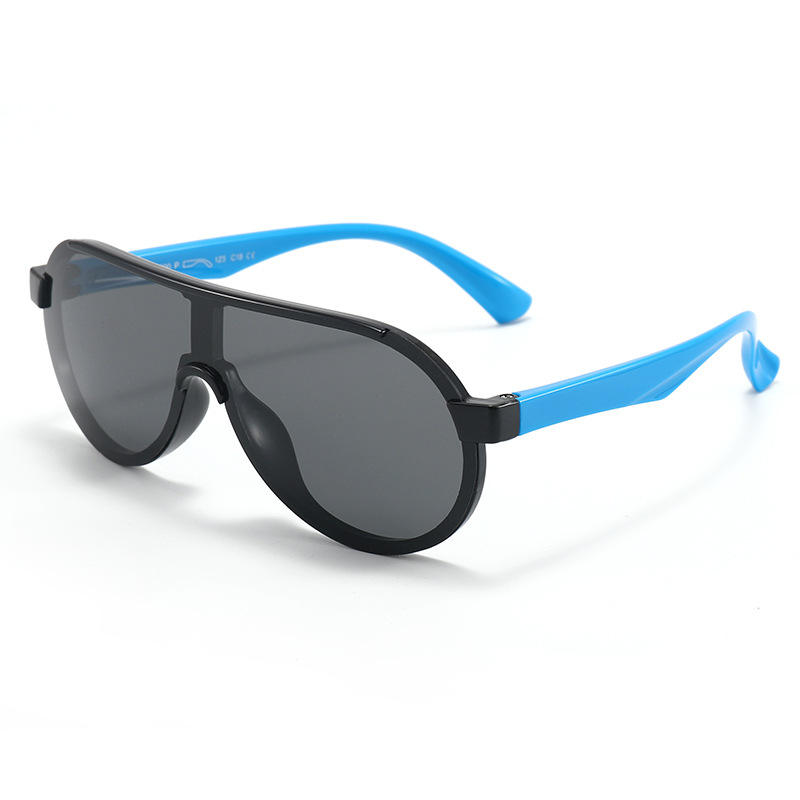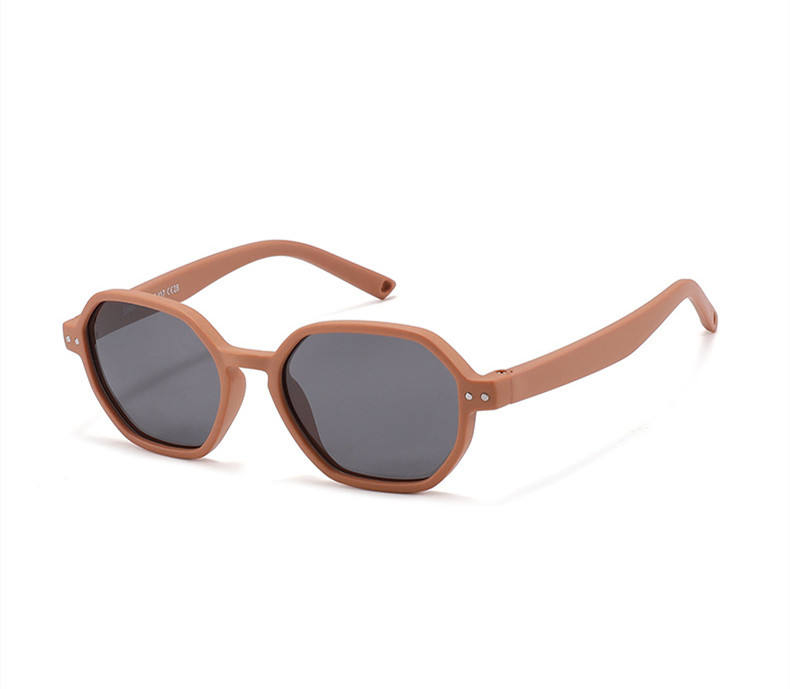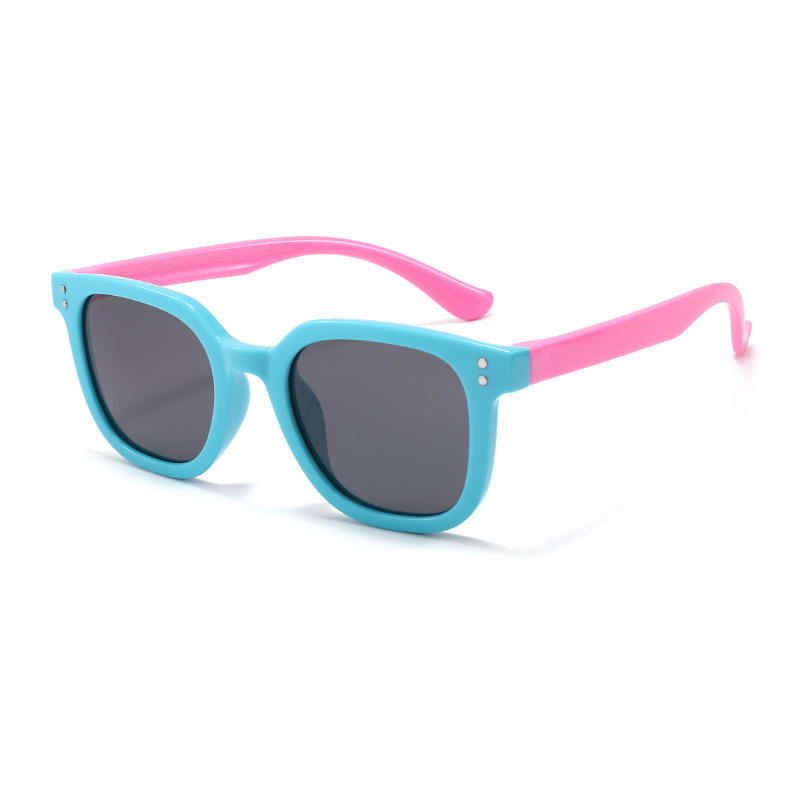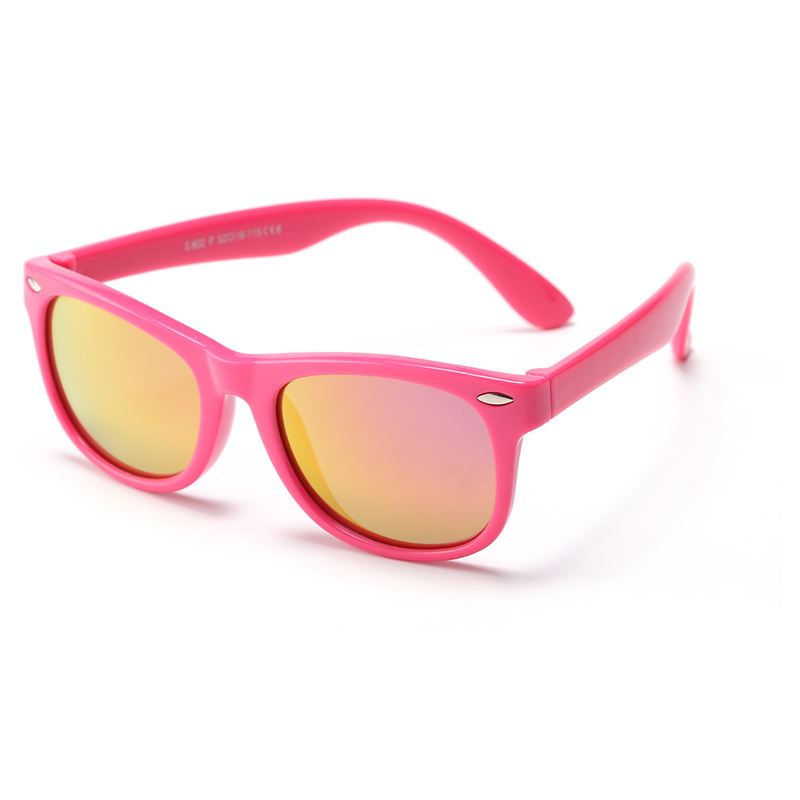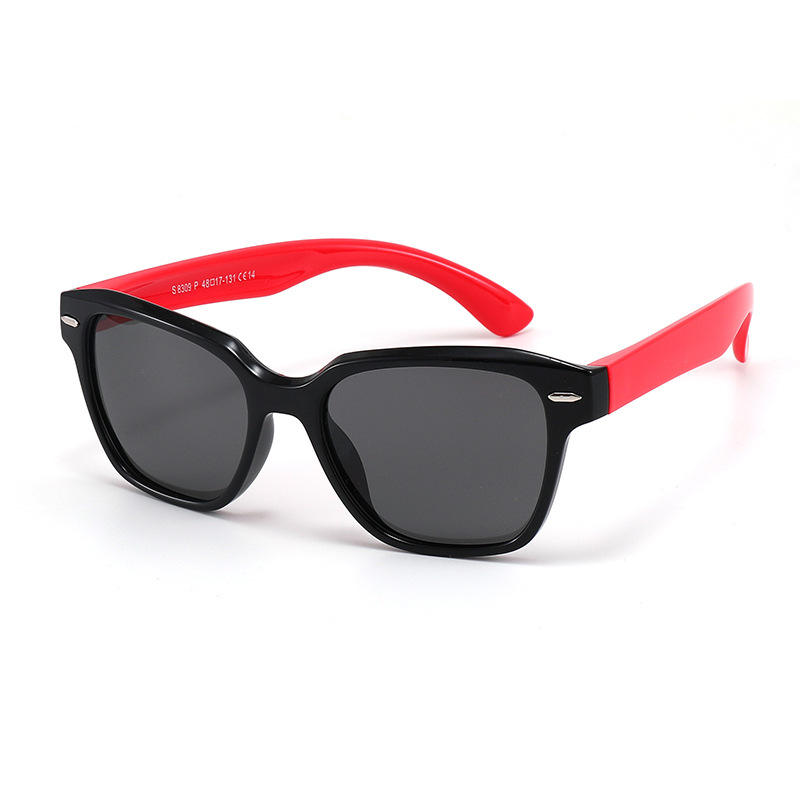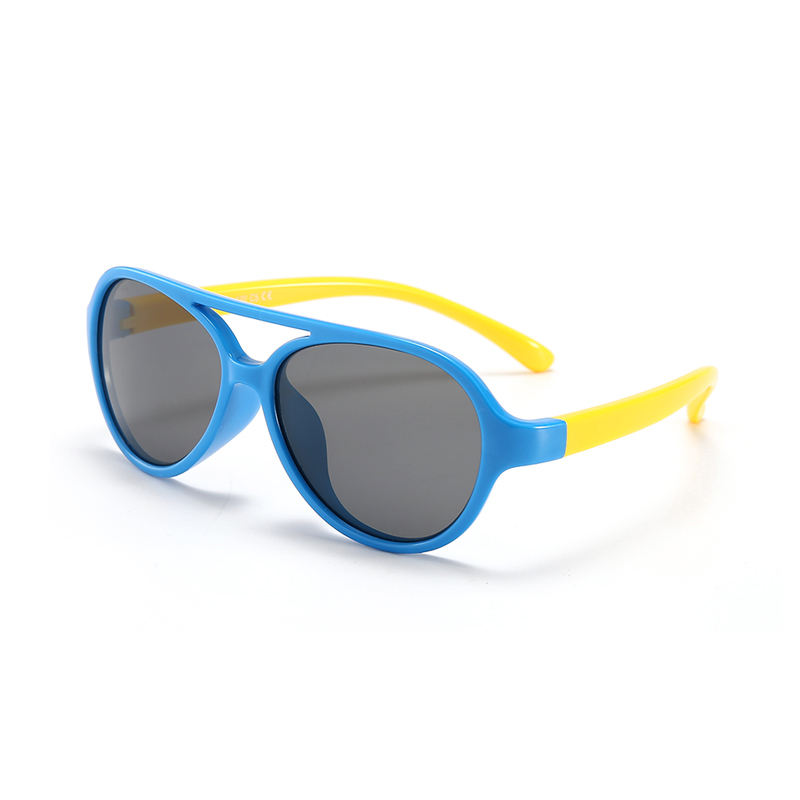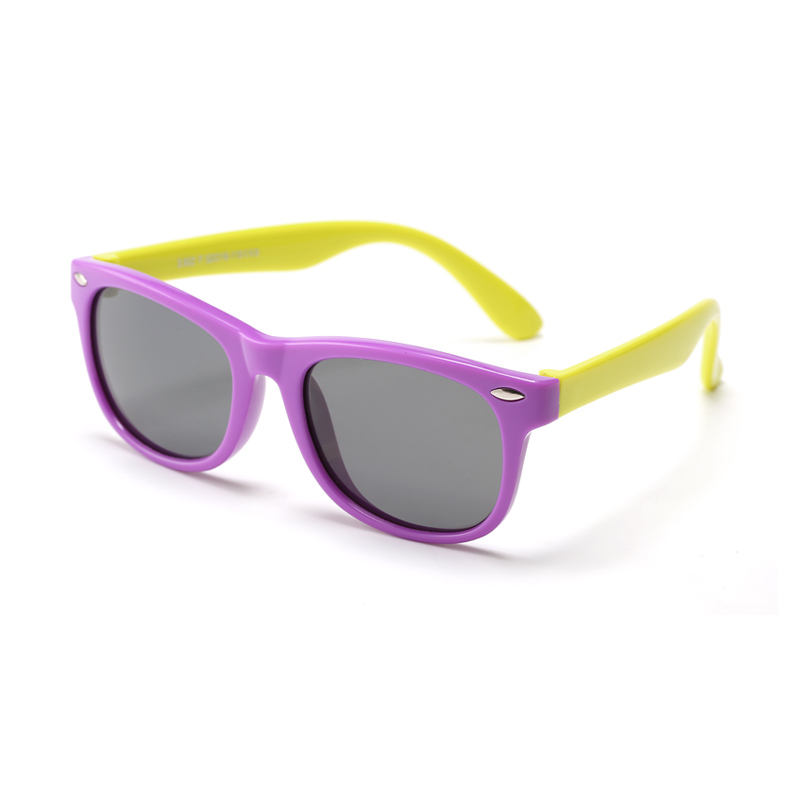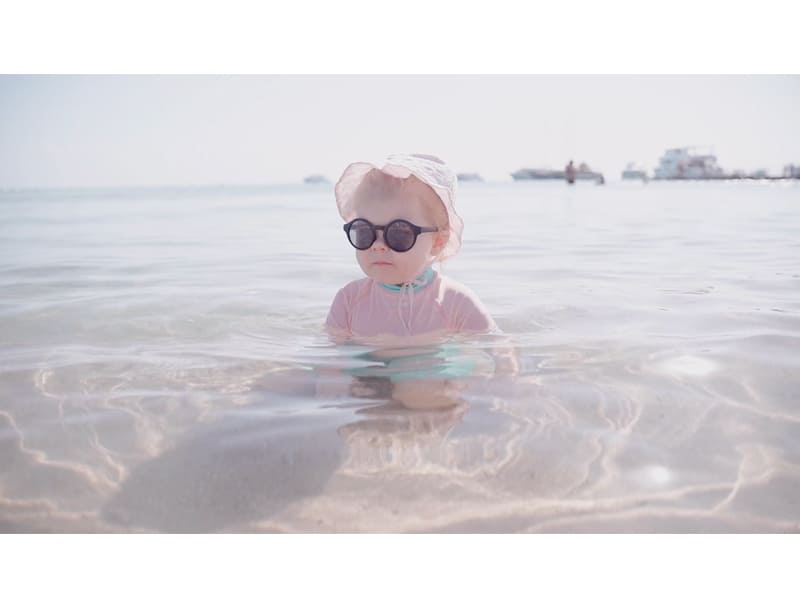
Wholesale Kids Sunglasses
The world of children is colorful. They are eager to explore new discoveries. Our children’s sunglasses have colorful colors and frames of different shapes to meet their needs. At the same time, our children’s sunglasses have functions such as UV anti-glare to protect children’s eyes and are suitable for various scenes.
Bulk Price Wholesale Kids Sunglasses For Your Store
Children's Sunglasses Functional Features
We focus on the functions of children’s sunglasses. We have listed a number of functions and features for you to choose from.
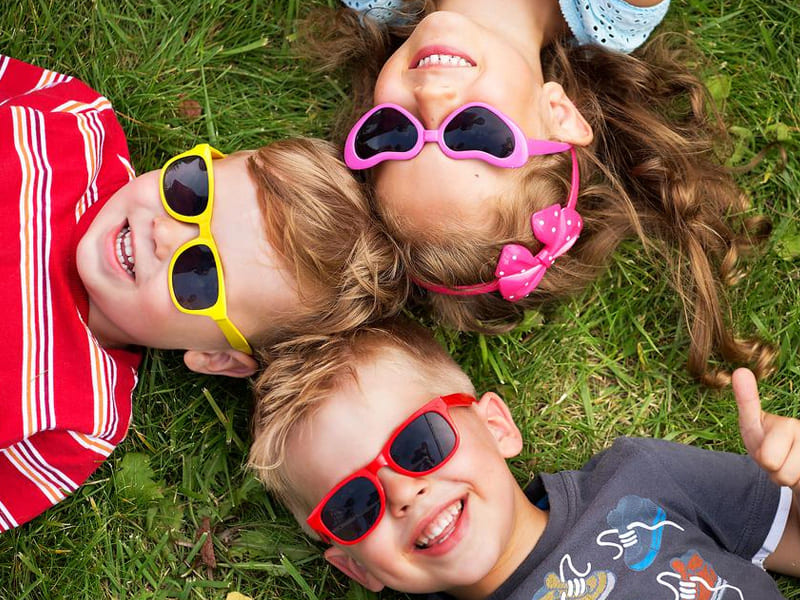
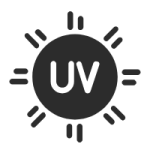




Kids Sunglasses Wholesale Guide
Key Features of Choosing Kids' Sunglasses
- UV Protection:
This is the most important factor. Make sure the sunglasses block 100% of UVA and UVB rays. Look for labels that say “100% UV protection” or “UV400.” Darker lenses don’t necessarily offer better protection; it’s the UV blocking ability that matters.
- FIT AND COMFORT:
Sunglasses should fit snugly on a child’s face and fit comfortably without causing discomfort or pressure. A good fit can prevent them from slipping off, especially during activities. Some brands offer adjustable headbands, which are especially suitable for smaller children.
- Durability:
Children are often very active, and their sunglasses need to be able to withstand drops and rough use. Choose lenses and frames made of impact-resistant materials, such as polycarbonate, and it is recommended to choose lenses with anti-scratch coating to extend their life.
- Style:
Choosing styles that children like can increase their willingness to wear them. For example, fashionable sunglasses with cartoon characters or bright colors may be more attractive to them. Involving children in the selection can increase their acceptance.
- Size:
Larger lenses cover more face area and provide better protection. It is recommended to choose a wrap-around design to protect the sensitive skin around the eyes. Choose the right size based on age, common groupings include infants (6 months to 3 years), toddlers (3 to 5 years), children (5 to 10 years) and teenagers (10 to 12 years).
- Certification:
Make sure the sunglasses meet relevant safety standards, such as ANSI Z80.3 in the United States or AS/NZS 1067.1 in Australia. These standards specify requirements for UV protection and impact resistance. In the United States, sunglasses are classified as Class 1 medical devices by the FDA and must comply with 21 CFR requirements.
Types of Sunglasses for Kids
- Everyday Sunglasses for Kids:
Perfect for school or casual outings, it provides essential UV protection and comfort.
- Kids Sports Sunglasses:
Designed for active kids, they feature a wraparound design, anti-slip properties and ventilation for activities like swimming, cycling or running.
- Fashion Sunglasses for Kids:
Focus on appearance, with cartoon patterns or bright colors to attract children to wear.
How to choose the right size of sunglasses for children?
- Age Range&Size category:
6 months to 3 years Baby size
3 to 5 years old Toddler size
5 to 10 years old Children’s size
10 to 12 years old Youth Size
- If unsure, the child’s face width and pupil distance (PD) can be measured and compared to the manufacturer’s sizing guidelines.
- Trying your sunglasses on is the best way to make sure they don’t slip down or press against your nose or ears. If your sunglasses slip down frequently or cause discomfort, you may need to resize them.
Safety considerations
- Material:
Choose impact-resistant polycarbonate lenses and frames that are flexible but not prone to breaking. Sunglasses for active children should be scratch- and impact-resistant.
- No widgets:
Make sure there are no small parts that could cause a choking hazard, especially for younger children.
- Safety standards:
Sunglasses should comply with standards such as ANSI Z80.3 (USA) or AS/NZS 1067.1 (Australia). These standards ensure UV protection and impact resistance. Australia has mandatory standards under ACCC Product Safety that require testing for UV protection and labeling.
- Supervised Use:
Infants or young children should be supervised during initial wear to ensure they do not chew or damage the sunglasses.
Cooperation channels
Thank you for your trust and support for Lida Eyewear. In order to better expand our business and improve service quality, we sincerely work together with all partners to promote business development. In order to ensure the transparency, fairness and efficiency of the cooperation process, we hereby issue a cooperation channel statement to clarify the rights and obligations of both parties and promote a long-term and stable cooperative relationship.
Lida Glasses Co., Ltd.
1.how to choose sunglasses for kids?
- Shape: round, square, cat-eye, star, heart, oval, animal, special, etc.
- Style: cartoon, pilot, sports, retro, etc.
- Material: tr90 (suitable for 6-12 years old), TPE/TPEE (suitable for children aged 1-5 years old), silicone (suitable for infants 0-3 years old), PC, wood (suitable for 12-16 years old)
- Lens: TAC (Tri-Acetate Cellulose suitable for 3-12 years old), PC lens (suitable for 3-12 years old), resin lens (suitable for 3-6 years old), PMMA (recommended for festivals and birthday parties as a one-time decoration)
2.how to make kids sunglasses?
Here, “make” can have multiple meanings
- Manufacturing/production (actual process): You can choose the style you want from the glasses material, style, color customization and other processes
- DIY handmade (handmade project): You can put personalized buttons or cartoon stickers on the purchased glasses, and after it is firmly fixed, it will be your DIY children’s sunglasses work
- Create a brand/series of products
3.how to mold kids sunglasses?
- If you design the children’s sunglasses style for your project, you need to use CAD drawing software to conceive your style, including various parts: frame, temples, nose pads, etc., to ensure that the design conforms to the child’s facial proportions, including tolerances and safety radius (no sharp edges)
- Choose raw materials
Common children’s sunglasses material advantages Applicability
TPE/TPEE Flexible, safe, BPA-free Infant sunglasses
TR90 Lightweight, durable, memory bending Children over 4 years old
Silicone Soft, bite-proof 0-3 years old
PC (polycarbonate) Tough, impact-resistant Older children or sports sunglasses - Make steel molds
Process:
Use steel molds (H13 or P20) to make precision mold blocks
CNC machining + EDM (electrical discharge machining) for engraving mold cavities
The mold includes:
Cavity side (female mold)
Core side (male mold)
Cooling water channel
Ejector pin
4.how to size kids sunglasses?
| Age Group | Lens Width | Bridge | Temple |
| 0–2 years old | 35–40 mm | 12–14 mm | 95–110 mm |
| 3–5 years old | 40–45 mm | 14–15 mm | 110–120 mm |
| 6–8 years old | 45–48 mm | 15–16 mm | 120–125 mm |
| 9–12 years old | 48–52 mm | 16–17 mm | 125–135 mm |
5.should kids sunglasses be polarized?
- Basic daily use: non-polarized lenses + UV400 are enough
- Professional outdoor/eye protection needs: polarized lenses are recommended
- Children’s priority concerns: wearing comfort, safe materials, UV protection > polarized or not
Which children need polarized lenses?
- Children who often go out for activities (more suitable for children over 4 years old)
- Children with sensitive eyes or who have undergone eye surgery (follow the doctor’s advice)
- Children who ride in a car for a long time or sit by the window (all ages)
Families that value visual quality (families that pursue product quality)


